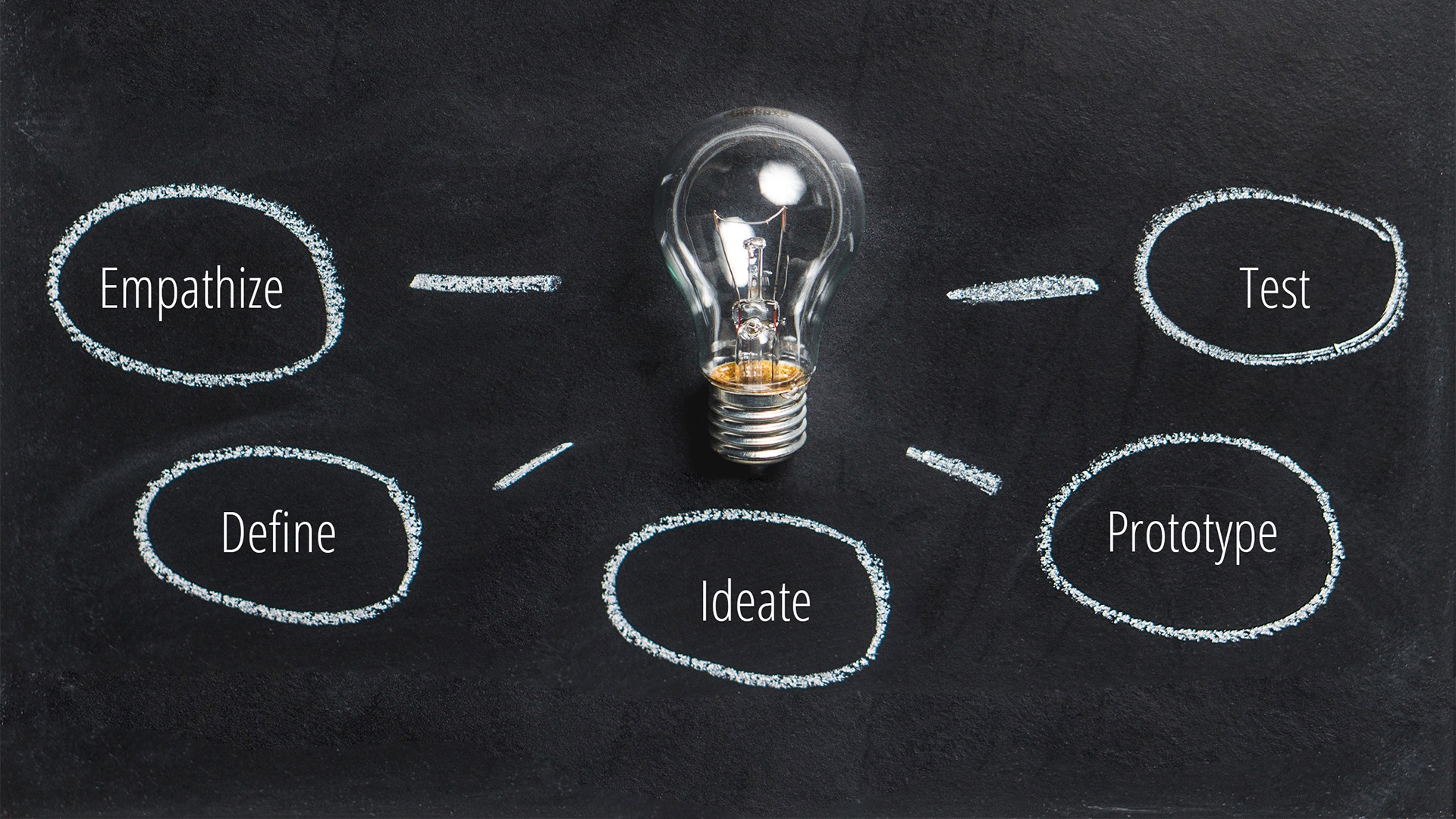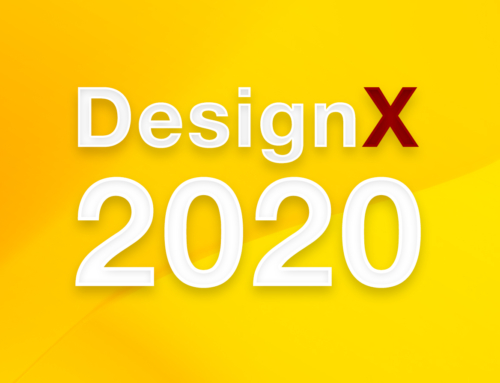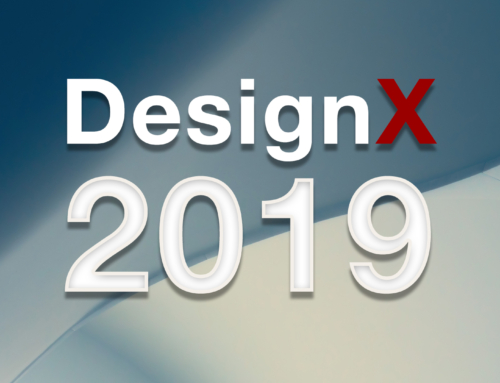Have you ever worked on a project and had doubt as to whether the design was going to be the best solution to the problem? You have gone through countless iterations and ask yourself “have I missed anything?” No designer likes the massive iterative process of traditional design. And when tasked to, clients and stakeholders cringe at the idea of paying a designer for multiple iterations upon iterations and not getting the product they want. More iterations… and when that doesn’t work, more time and more money has been wasted. It’s frustrating and it wastes resources. The truth is that traditional design processes are ineffective for many reasons. And yet we continue to strive for that illusive innovation in our products and services through iterations. After applying Design Thinking process to several projects and have seen the effectiveness, I’ve came to the conclusion that for it to work, it had to result in repeatable success. And in many of my own projects it has!
So what is it? In essence, Design Thinking is problem solving that focus’s on the solution instead of the problem. Design Thinking is a human centered approach to creative problem solving. It can be applied to designing products, services, architecture, spaces and experience. Pretty much anything! The whole idea is to create better options to solutions that would otherwise never have existed before by focusing on the human requirements. Design Thinking gives people the tools to think creatively, work collaboratively, and imagine and prototype potential future states. But the best part about it in my opinion is it allows people who aren’t trained as designers to use creative tools to address a vast range of challenges.
The simple key to its success is through empathy. It is focused on the need of the people. And It is good for finding a niche where to implement your design when you understand the way people think. If you understand your persona, their feelings, and how they share their feelings to others you will be able to ideate something useful for them.
Sometimes Design Thinking isn’t the best strategy, particularly if the problem is relatively easy. You’ll invest way too much time to find the right solution using Design Thinking. I remember early on when I first discovered it, I was trying to implement it into all my small freelance contracts. It wasn’t as useful implementing it at that stage. BUT if you have a really complex set off problems, then it can be very useful. And, believe it or not, it is relatively easy. Design thinking has many stages and you go step by step. and you can start implementing it at any stage regardless of where you are in your development.
 You can categorize them this way:
You can categorize them this way:
- Empathize- gain an empathetic understanding of the products or problem you are trying to solve.
- Define- gather the information during the empathizing stage and make it useful
- Ideate- Start generating ideas
- Prototype- Create a number of scaled down versions of the product or specific features.
- Testing- user testing for better feedback.
Design thinking is never one path. Instead of following a straight line it kinda loops back and forth across phases. Design Thinking IS iterative, but it is not iterative towards a problem. It is iterative towards a solution! So the more it is repeated, higher chance of success. This is so much better that producing comps upon comps where you end up in an endless loop of design iterations. By gaining an empathetic understanding of the problem, you’ll not only reduce the design iteration process. But you’ll also open doors to innovation and use them in your design offering.
Design Thinking is also great for developing strategy and cultural change it your teams or organizations towards problem solving. Big successful companies like Apple and Google use Design Thinking in their day to day operations. Design Thinking is also scaleable. You can be a team of 1 or 1000. It can be implemented at all levels or organization. For more established companies, getting Buy-ins on the Design Thinking process can be challenging. Especially with multiple frameworks operation at the same time at all different level. But it is worth it. For startups and enterprising business, I believe it is essential. Promoting better design processes can result in a significant return on the initial sweat equity investment.
If you are interested in learning more about Design Thinking, Innovate Pasadena’s Design X workshops offer a 7 month long free workshop starting in April and into the month of October. Here is what we will be discussing:
- What is Design Thinking
- What role it plays & how it is helpful
- Examples of Application
Enrollment for presentations for Connect 2019 is also open. Bring your ideas if you wish to network, workshop and discuss your projects to present this year. I do hope you join us. Sign up for our next workshop on our MeetUp page… https://www.meetup.com/Innovate-Pasadena-Design



